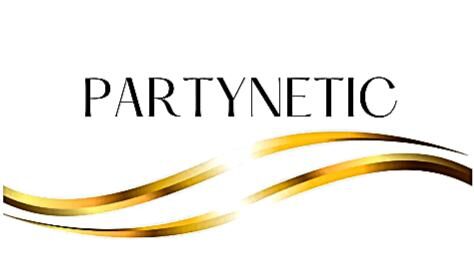Python helps varied forms of literals, including string literals, numeric literals, boolean literals, and particular literals similar to None. Tokens are the building blocks that make up your code, and recognizing their different types helps you write and read Python programs more effectively. From keywords and identifiers to literals, operators, and delimiters, every token kind performs a crucial function in defining the syntax and semantics of Python. The tokenizer identifies several types of tokens, such as identifiers, literals, operators, keywords, delimiters, and whitespace.
Particular Symbols
An operator is a special symbol that performs operations on variables and values. Python helps various sorts of operators for arithmetic, comparability, logic, task, and more. These values stay unaltered during program execution, whether they are numeric literals like integers and floats or string literals contained in quotes. Operators are like little helpers in Python, using symbols or special characters to hold out tasks on one or more operands.
Understanding tokens is essential for creating efficient Python code. Tokens in Python are the smallest items of the language, similar to words in a sentence. They embrace identifiers (naming variables and functions), operators (for knowledge manipulation), and literals (representing fixed values). Mastering these tokens is crucial for effective Python programming. Tokens are the constructing elements of a Python program, appearing as elementary items acknowledged by the interpreter.
- Embrace the realm of Python tokens to witness your initiatives flourish.
- Punctuators are symbols used for various purposes like grouping and separating code components.
- The tokenizer identifies various sorts of tokens, such as identifiers, literals, operators, keywords, delimiters, and whitespace.
- Tokens in python outline the language’s lowest-level structure, corresponding to how variable names should be written and which characters must be used to characterize feedback.
- Initially restricted to English letters and symbols, ASCII assigned each character a novel integer value (ranging from zero to 127).
When working with the Python language, you will want to https://www.xcritical.in/ perceive the different varieties of tokens that make up the language. Python has several sorts of tokens, including identifiers, literals, operators, keywords, delimiters, and whitespace. Each token kind fulfills a particular function and plays an essential function within the execution of a Python script. In Python, a token is a elementary unit of the language’s syntax.
An identifier begins with a letter A to Z or a to z or an underscore (_) followed crypto coin vs token by zero or more letters, underscores and digits (0 to 9). That means, it’s a mixture of character digits and underscore. Numeric Literals consists of digits and areimmutable (unchangeable).
Syntax Example:
They must observe particular guidelines, starting with a letter or underscore and ending with letters, numerals, or underscores. Literal tokens symbolize constant values like numbers or strings instantly in the code. In Python a string literal is a sequence ofcharacters surrounded by quotes. A character literal is a single character surrounded bysingle or double quotes. The worth with triple-quote “‘ ‘” is used togive multi-line string literal. An arithmetic operator is a mathematicaloperator that takes two operands and performs a calculation on them.
Forms Of Operators:
Tokenizing is the process of breaking down a sequence of characters into smaller models called tokens. In Python, tokenizing is a vital a half of the lexical evaluation process, which involves analyzing the source code to determine its components and their meanings. Python’s tokenizer, also referred to as the lexer, reads the supply code character by character and teams them into tokens primarily based on their which means and context. Whitespace and indentation play an necessary function in Python’s syntax and structure. Unlike many other programming languages, Python makes use of indentation to outline blocks of code and decide the scope of statements.
In Python, whenever you write a code, the interpreter wants to understand what every part of your code does. Tokens are the smallest models of code that have a particular objective or that means. Every token, like a keyword, variable name, or quantity, has a task in telling the pc what to do.

Python uses varied symbols to outline expressions, statements, and blocks. Python uses digits zero to 9 in numeric literals and identifiers. When we create a Python program and tokens are not organized in a selected sequence, then the interpreter produces the error. In the additional tutorials, we are going to focus on the varied tokens one by one. The membership operator checks for membership in successions, such as a string, list, or tuple. Like in a membership operator that fetches a variable and if the variable is discovered within the provided sequence, evaluate to true; otherwise, consider to false.
Strings in Python could smoothly integrate Unicode characters, allowing the development of packages that help several Mining pool languages. The American System Code for Information Interchange (ASCII) was the primary character encoding system that was extensively used in the computing business. Initially restricted to English letters and symbols, ASCII assigned each character a singular integer value (ranging from zero to 127).

Python contains special literals like None, which denotes the absence of a worth or a null value. In this instance, student_name, num_of_subjects, calculate_average, and Rectangle are all identifiers. The structure of code blocks is defined by delimiters corresponding to brackets, brackets and curly braces. A Relational operator can be called as Comparative operator which checks therelationship between two operands. If the relation is true, it returns True; otherwise it returns False. Comments are used to clarify code and make it simpler to grasp.


Add a Comment